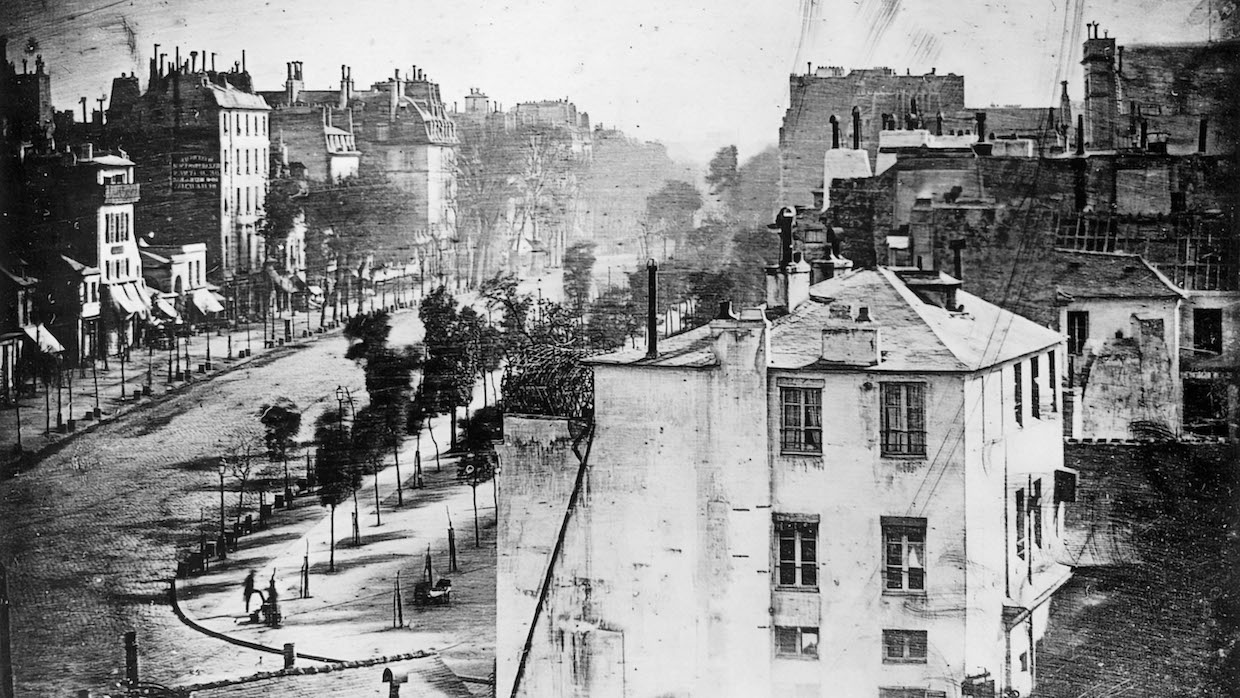 Back to selection
Back to selection
“The Best Tool for Capturing Human Behavior”: Editors Axel Danielson and Maximilien Van Aertryck on Fantastic Machine
 Fantastic Machine, courtesy of Sundance Institute.
Fantastic Machine, courtesy of Sundance Institute. Co-directors, cinematographers, producers and editors Axel Danielson and Maximilien Van Aertryck embark on a meticulous dissection of “image-making and a mapping of its movement through society” in Fantastic Machine, the duo’s documentary that utilizes a large catalogue of archival footage to make its point. Danielson and Aretryck discuss the intricate editing process they undertook for the film along with another co-editor Mikel Cee Karlsson.
See all responses to our annual Sundance editor interviews here.
Filmmaker: How and why did you wind up being the editor of your film? What were the factors and attributes that led to your being hired for this job?
Danielson & Van Aertryck: In our company every director edits their own films. We help each other with our films on different stages and it’s natural for us to work closely together. Our editor Mikel Cee Karlsson joined us in the last 7 months of editing, to work on the structure of the film.
Filmmaker: In terms of advancing your film from its earliest assembly to your final cut, what were goals as an editor? What elements of the film did you want to enhance, or preserve, or tease out or totally reshape?
Danielson & Van Aertryck: Content came first in this film, and structure is what we spent most time working on in the editing. We used a script to help build the film’s structure, but it really emerged hands-on in the editing. When our colleague Mikel Cee Karlsson came onboard as our editor, the film really started to take shape. Two structures emerged: one historical, from 1828 to today, and another one which was more associative and made it possible to keep a strong dynamic in the composition.
Filmmaker: How did you achieve these goals? What types of editing techniques, or processes, or feedback screenings allowed this work to occur?
Danielson & Van Aertryck: Public screenings have been important to us. We use both surveys with questions, but above all it is about being in the room and feeling the audience’s reactions, to understand the ups and downs in the rhythm of the film.
Filmmaker: As an editor, how did you come up in the business, and what influences have affected your work?
Danielson & Van Aertryck: Everyone at Platform Produktion (our production company) is actually trained as a director. We look more at editing as a composition, rather than that of building dramaturgical arcs.
We like filmmaker Sergey Dvortsevoy who has said something along the lines of: “Why cut, if the image is interesting?” And Bogdan Dziworski, who talks about the editing of his films like the composition of a classical musical piece.
Filmmaker: What editing system did you use, and why?
Danielson & Van Aertryck: We use Adobe Premiere Pro for all our films.
Filmmaker: What was the most difficult scene to cut and why? And how did you do it?
Danielson & Van Aertryck: Something we’ve worked really hard on is the first five minutes. How do we establish the premise, add the right energy and capture the audience’s interest?
Filmmaker: What role did VFX work, or compositing, or other post-production techniques play in terms of the final edit?
Danielson & Van Aertryck: We use a lot of very old footage and were able to enhance it with AI software.
Filmmaker: Finally, now that the process is over, what new meanings has the film taken on for you? What did you discover in the footage that you might not have seen initially, and how does your final understanding of the film differ from the understanding that you began with?
Danielson & Van Aertryck: That the camera is by far the best tool for capturing human behavior. It captures both exactly how something looks, but also captures the ambitions in front of, and behind the camera!
